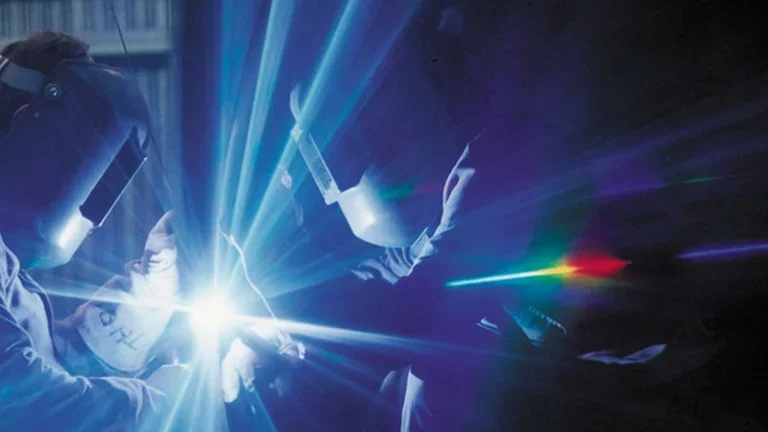What are Welding Shielding Gases, and Why are they Important?
Published on January 01, 2023
4 minutes

WHY IS THE RIGHT GAS MIXTURE SO IMPORTANT?
WHAT ARE SHIELDING GASES?
INERT GASES IN WELDING
ARGON
Argon is suitable for easier starts, alternating current (AC) applications and for longer arcs at lower voltages. The addition of helium improves argon’s heat transfer properties and argon mixed with carbon dioxide or oxygen can help stabilise the arc.
HELIUM
A helium-argon mixture can be used to clean cathodes.
SEMI-INERT GASES IN WELDING
HYDROGEN
Adding hydrogen to argon deepens the penetration and increases the speed of welding.
NITROGEN
OXYGEN
Oxygen’s oxidising properties make it unsuitable for working with copper, aluminium and magnesium. The gas should be used sparingly as too much may cause products to become brittle.
CARBON DIOXIDE
However, this gas also causes a shakier arc, spatter losses and a lot of smoke fumes. Mixing carbon dioxide with argon minimises the spatter.
Carbon dioxide should not be used with thin metals such as aluminium that cannot sustain its high temperatures.
BASIC KNOWLEDGE OF GASES IN WELDING
An understanding of the roles these gases play in welding is crucial to the welding craft where each fine detail influences the overall process. Practising with the right tools and guidance of an instructor is the best way to determine the best gases and their applications to your welding projects.
Glossary
Arc welding - Joining two or more metal pieces into a single part via electricity
Cathode - Positive terminal in electrolysis, prone to accumulating an oxidation layer
Weld bead - Single deposit of filler material
Weld penetration - The distance of fusion extending into the base metal, correlated to strength
Weld porosity - The amount of trapped gas inside a weld bead, which result in round holes
Weld speed - Slower weld speeds give deeper weld penetration
Metal inert gas (MIG) welding - A continuous solid wire electrode and shielding gas is fed through a welding gun and into the weld pool, joining two base materials together
Nitrogen loss - Gives rise to larger grains
Nonferrous metals - Metals containing little or no iron
Pitting corrosion - Hard-to-detect cavities in materials
Spatter - Unwanted droplets of molten material
Spatter loss - Material lost as spatter
